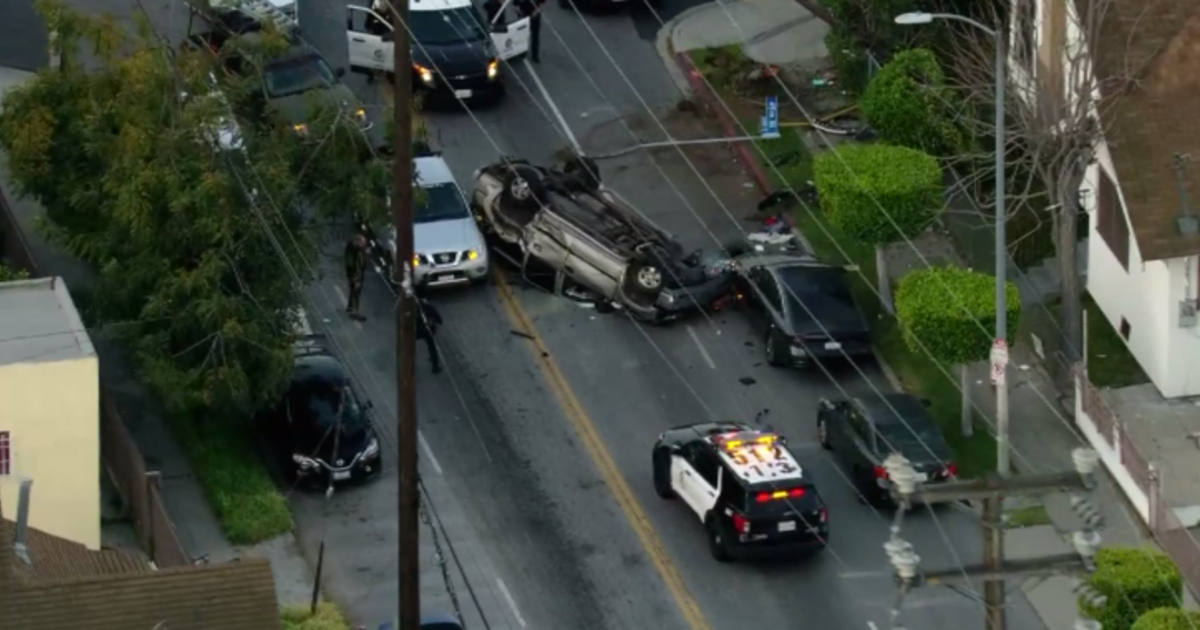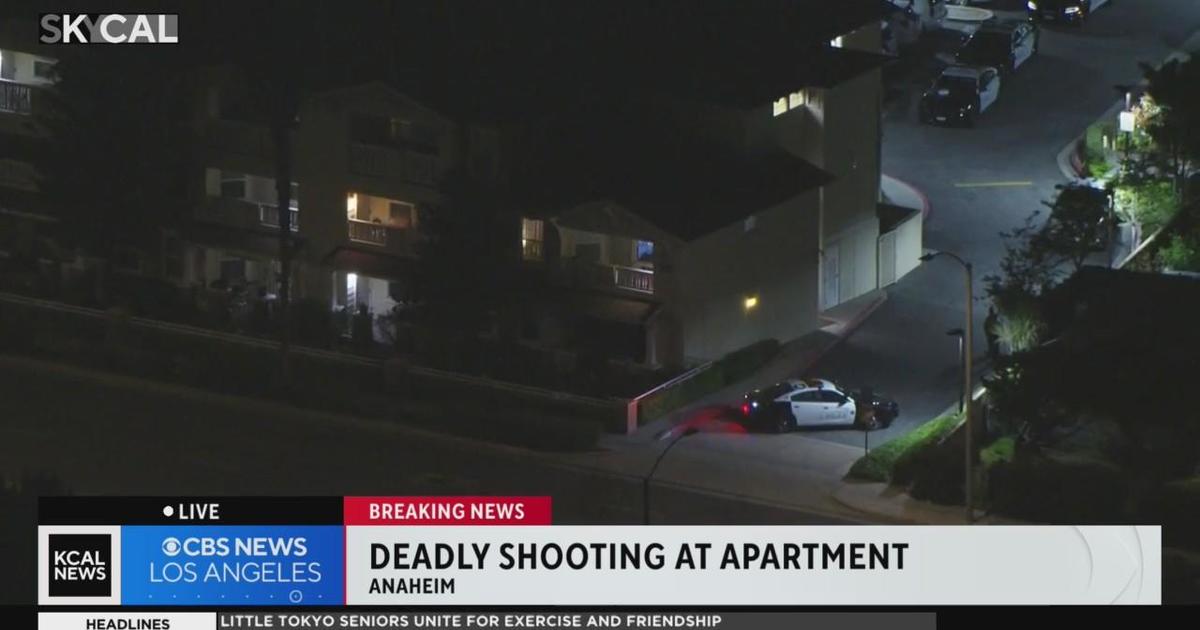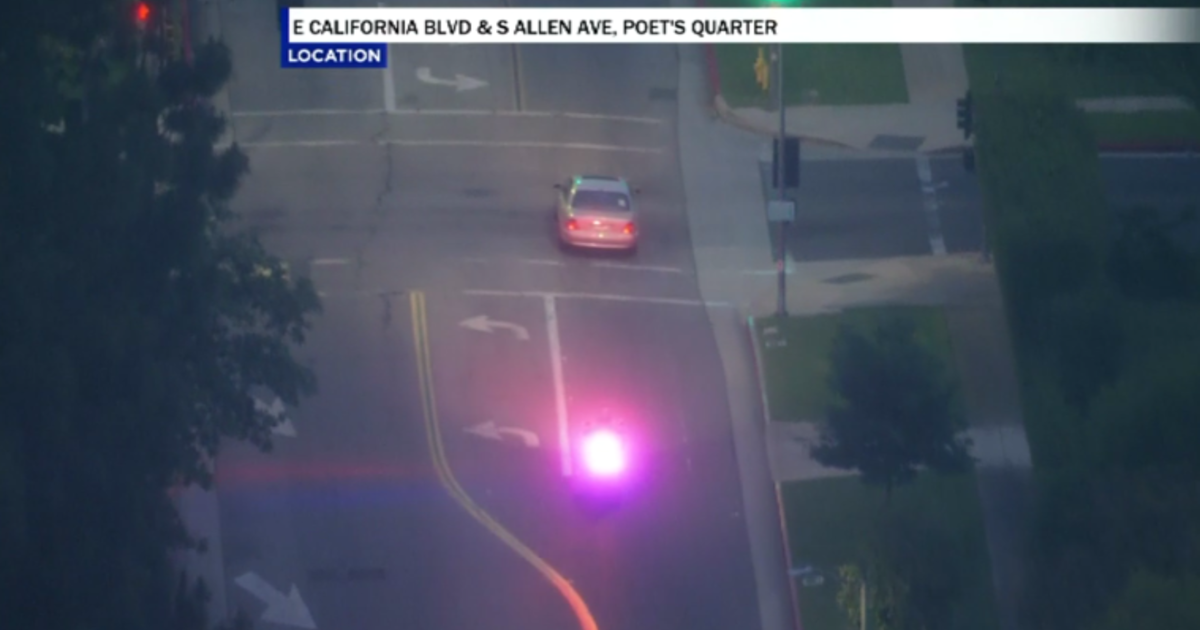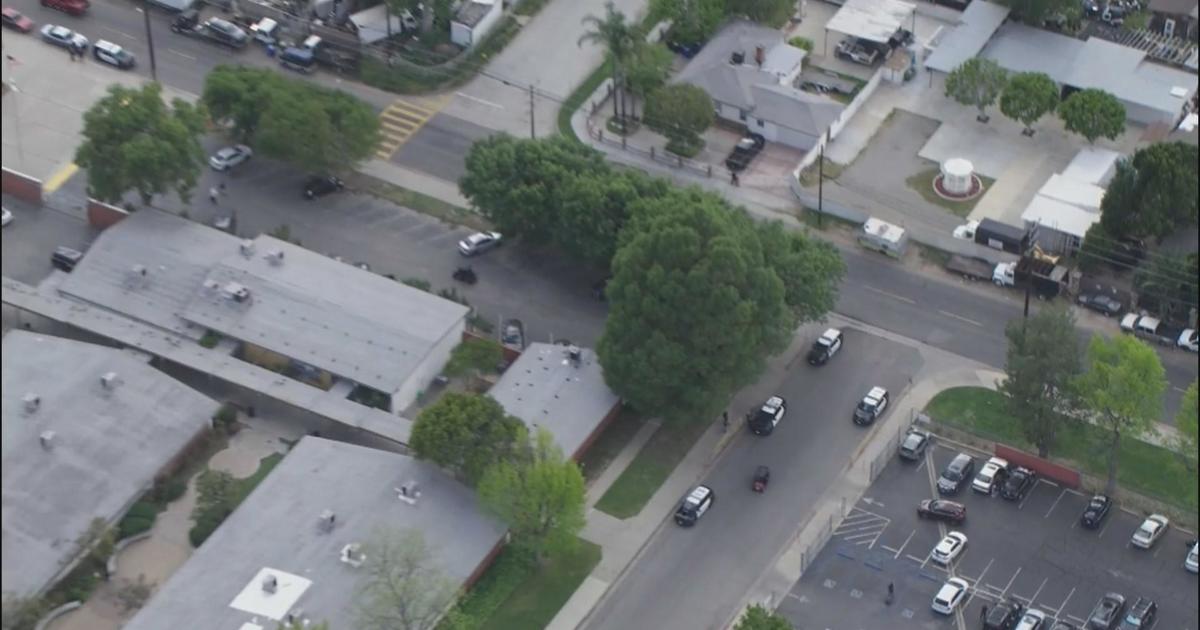Defense Attorney Dean Strang Talks About Blood Evidence Shown In 'Making A Murderer' Series
LOS ANGELES (CBSLA.com) — One of the main pieces of evidence that the prosecution used to place Steven Avery at the crime scene was the presence of his DNA, which was found within blood stains in Teresa Halbach's vehicle. His fingerprints, however, were nowhere to be found on the car.
When the investigation began, authorities questioned Avery about a superficial cut that he had on his right index finger. Avery reported he sustained the injury after Halbach's disappearance, which led prosecutors to argue in inference, stating his explanation for when he cut himself was plausible, but not certain.
As the trial continued, defense attorney Dean Strang and co-counsel Jerry Buting learned that a tiny hole about the size of a hypodermic needle was found punctured in the cap of a blood vial, which contained Avery's DNA evidence from the 1994 case.
RELATED: Defense Attorney Dean Strang Settles 'Making A Murderer' Theories
The test tube included EDTA, which was a common chemical that the FBI formerly used to keep evidence in a liquid state. The vial was stored inside of an unsealed box while in the custody of the sheriff's department at the courthouse.
"There was a time, familiar to all of you, when people were talking about EDTA and that's when O.J. Simpson was charged with a double murder in Brentwood," Strang said. "That was the last time the FBI did EDTA testing. The FBI decided that the science wasn't so good and that the testing wasn't all that helpful and got out of the business."
The defense made the argument that a city official tampered with Avery's preserved blood at the courthouse and planted it within the car.
In response, prosecutors convinced FBI agents to test the blood stains that were found in Halbach's vehicle for EDTA presence. Only three of six swabs were processed for evidence, which concluded Avery's DNA that was found at the scene came from natural blood.
The testing lab reported they had no reason to puncture the vial based on its operations. Strang explained a phlebotomist more than likely withdrew blood from the test tube during the initial trial.
"Much of the fighting here, which doesn't completely come out during the film, is that the FBI didn't know the detection limits for the test it was running," he added. "So in other words, [they] didn't know the floor at which the test wouldn't detect EDTA that was there. [They] didn't have a validated protocol overall, but the real concern was lack of known detection limits and no idea about the differing rates of degradation of loss – the elimination of EDTA in different environments."
To date, it remains unclear if the box was resealed after the 1994 DNA testing.
**Video credit: National Center for Audio & Video Forensics



